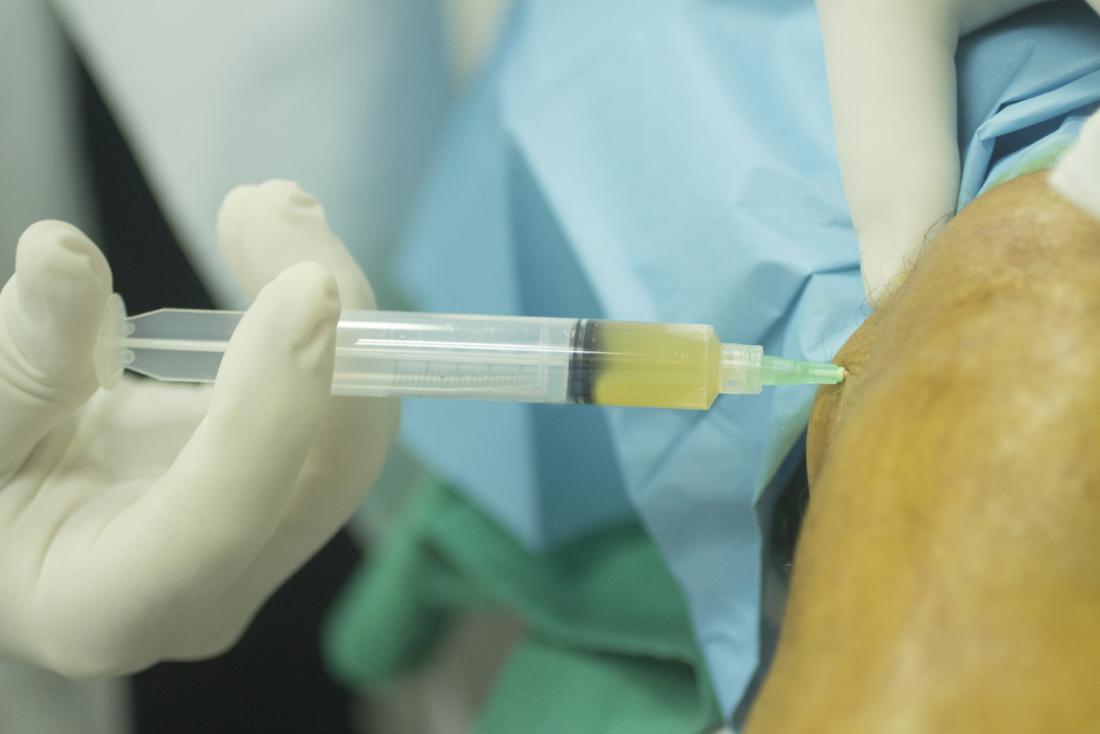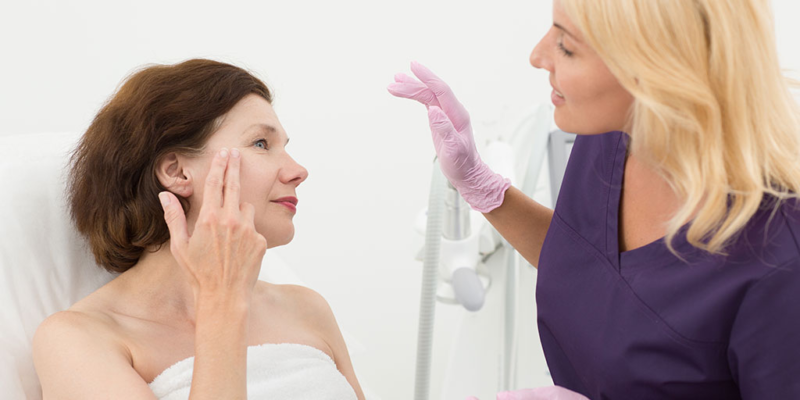The benefits of PRP procedures have reached every corner of the world. Medical procedures have become more interested in using PRP treatment techniques in almost all possible fields. Hence, there are no issues that the PRP process cannot handle.
The best way of experiencing complete results of the PRP technique is with the help of the right kind of PRP tubes. You can find many names that can guarantee to offer the best quality products. However, the name that has made quite a reputation in the world of PRP is Dr. Renat Akhmerov’s Plasmolifting Technologies. Visit their webpage to avail complete information about the PRP products.
PRP Therapy
Platelets-Rich Plasma or also known as PRP is a treatment procedure where the plasma extracted from the person’s very own blood will be used for the treatment. Hence, it has proven to eliminate the need to conduct surgery for any issue.
How Does It Work
About 10 to 20 ml of the blood of the patient is collected at least 2 to 3 days before the treatment and will be subjected to centrifugation. The process of centrifugation will separate plasma from the blood and this plasma will be then used for the treatment in the form of injection.
Why is PRP Successful
Platelets are that part of the blood particles that carry proteins and growth factors in them. Hence, they can contribute greatly to the complete recovery of any injury in any body part. The main work of the PRP process is to trigger the production of healthy cells in any injured area.

Injuries that can be treated by PRP
Here are some of the names of the injuries that can be successfully treated with the PRP treatment procedure.
- Muscle strains
- Osteoarthritis in some of the body parts such as the spine, shoulder, hip, and knee.
- Chronic knee pain because of injury or arthritis.
- Anterior Cruciate Ligament (ACL) injuries.
- Sprains in the tendon and ligaments
- Neck and back pain or injuries.
- Tears or strains in the rotator cuffs
- Tendonosis (Tennis Elbow)
- Instability or pain in the pelvic region.
Pre-PRP Procedure Guidelines
Here are some of the guidelines that can help you with following the pre-PRP preparations.
- You should stop taking the medications for inflammation issues at least 3 to 4 weeks before the procedure.
- When you reach the week of 1 to 2 before the PRP procedure, you should stop taking vitamins, supplements, and blood thinners.
- You should even stop taking steroids or systemic steroid medications at least a month before the procedure.
- Drink plenty of water and have healthy food on the day of your procedure.
Post-PRP Procedure Suggestions
- The normal recovery time of the PRP procedure is from 3 to 7 days and might exceed a few weeks based on the type of injury.
- Sometimes the recovery time required for the Post-PRP procedure can even take more than a month or so, based on the severity of the injury.
Post-PRP, you cannot just jump into your normal routine. You cannot follow your normal schedule until your pain reaches 2 on a scale of 10, or after there is no pain in the injured area.













Comments